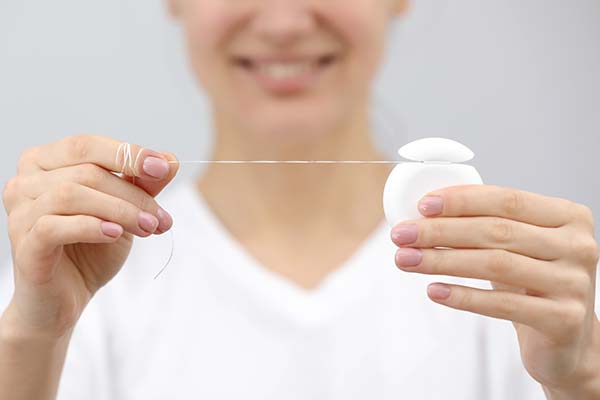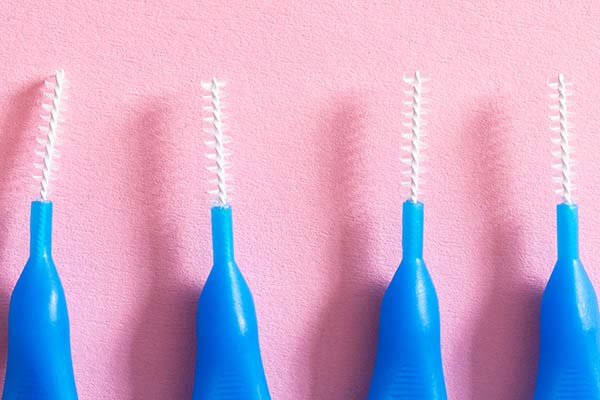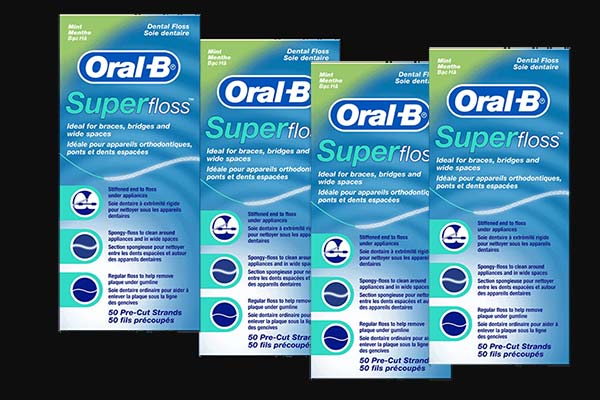Effective interdental cleaning
Hello everyone, it is Sophie here again. I am North Street Dental’s Dental Hygienist and Therapist and this post is all about effective interdental cleaning – cleaning between our teeth.
Hopefully you will have seen my previous post all about effective toothbrushing but even though the adverts tell us that they do, toothbrushes will not get all the way in between the teeth to clean the interdental spaces. And so, we must be using something extra as part of our routine to make sure these spaces are cleaned effectively.
Watch our video on effective interdental cleaning
The interdental spaces are a really easy place for plaque and food to get stuck and build up. These areas then harbour bacteria and when left alone, this causes inflammation of the gums leading to inflammation which means redness and bleeding of the gums. If inflammation goes untreated in the mouth, it can lead to gum disease which is when the inflammation effects the stability of the gums and bone supporting the teeth leading to further bleeding, pain, mobility of the teeth, infection and potentially tooth loss.
So, to clean these areas between the teeth and prevent inflammation of our gums, there are a few different options we can use:
Dental floss
The first and often most well known option for effective interdental cleaning is dental floss. This looks like a piece of thread and is used by sliding it into the gap between each tooth and moving up and down along each tooth to dislodge food and plaque.
I always recommend tape floss as it has a wider surface area meaning it can be more forgiving than thread like floss if you are to slip into the gum. To get more control of the floss, wrap each end of the floss around your middle fingers then pinch the floss you have between your hands with thumb and first finger. This gives you good control. Then move along the gaps a tooth at a time making sure to keep contact with the curve of the tooth as you move down the tooth towards to gum. if you like floss but struggle to use if you have dexterity issues or struggle to reach the back teeth, floss picks or floss harps are available which are basically floss on a handle. This can be a great option and give you more control.
Interdental brushes
The second option that I tend to recommend most to my patients are interdental brushes. These are more simple to use than floss and most of my patients tend to prefer them to floss. A popular brand are Tepe Brushes but there are lots of brands out there. They look like mini pipe cleaners on a handle and come in a variety of sizes from 0.1mm to 1cm in size. Most brands colour code their brushes with their sizes.
These are used by pushing the brush between the teeth in the gap closest to the gum. You know you are using the right size when you can feel the friction of both teeth either side of the brush. If the brush slips through with little force, it’s too small and if you have to push hard or can feel pain, the brush is too big. People will often have to use a couple of different sizes or alternatively you can get tapered brushes that fit numerous size with one brush. If gaps are tight for the smaller brushes, floss may be more suitable for tight contact points.
These brushes should be changed regularly every few days and if you use a brush more than once, make sure it is kept clean and dry between uses by rinsing in warm water, drying with towel and covering. They do not need toothpaste and can be used dry.
Superfloss
Another product to mention is Superfloss. This is a type of floss specifically designed for cleaning beneath bridges. Bridges can be tricky to clean and can easily get food stuck beneath.
The floss has a plastic end with a thicker fluffy floss in the middle. The plastic end used to thread from one side of the bridge to the other, pulled through the fluffy bit is sat between the tooth and gum and then you can slide this fluffy part from one end of the bridge to the other. This a really effective way for cleaning bridgework.
Waterpicks
Other tools that can be used for interdental cleaning include motorised tools such as air or waterpicks. These can be ideal for trickier areas like bridges or for people who struggle with dexterity in their hands. They work by spraying a get of water to remove plaque and food deposits from around he teeth after brushing.
We have covered the use of waterpicks in a previous blog post.
Make interdental cleaning part of your daily routine
Interdental cleaning should be used daily in order to keep plaque and bacteria levels low in the mouth. Most people when first getting into an interdental routine will report bleeding of the gums. This can be caused by trauma but more often than not it is due to a lack of cleaning causing inflammation of the gums. When gums are inflamed, they will bleed when they are touched and so if you haven’t used it regularly before, or you are quite sporadic with your routine, bleeding will most likely occur.
If used effectively, people with bleeding gums will notice a difference within a week (if there aren’t any underlying issues). If bleeding continues, you need to get an appointment with your Dentist to assess your gum health.
Brushing well twice daily for 2 minutes at a time and using interdental cleaning daily will keep your mouth healthy and reduce risks of gum issues and tooth decay dramatically.






